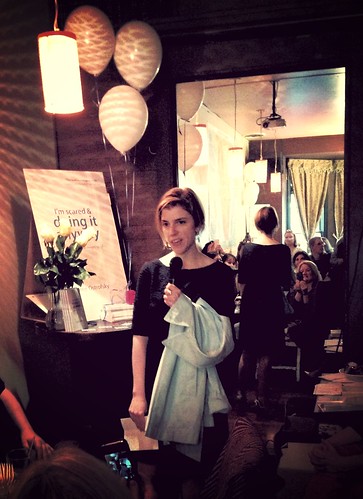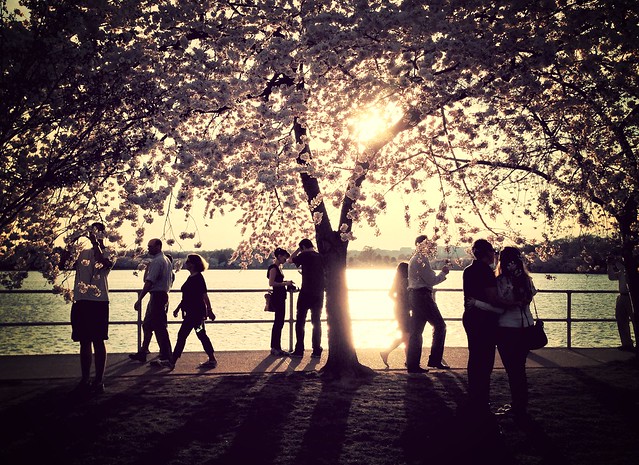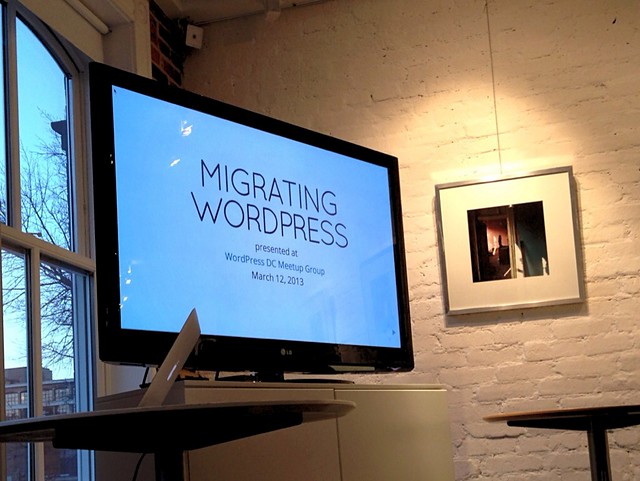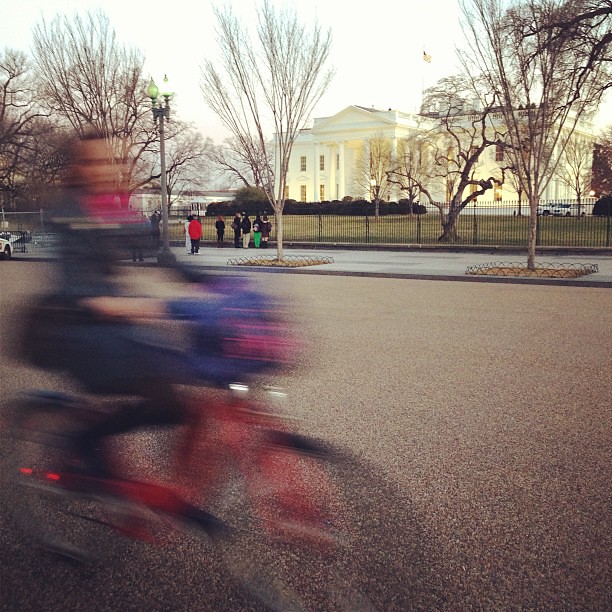 Contemporary movies have a depressing sameness about them, a core set of assumptions that are never challenged:
Contemporary movies have a depressing sameness about them, a core set of assumptions that are never challenged:
- Making money is evil
- Lawyers are the most important of professions
- Criminals are always unjustly accused
This homogeneity is boring. Being an artist is about questioning age-old assumptions and coming up with something new. Rather than “speaking truth to power,” Hollywood films reflect the narrow mindset of the Malibu class.
With cheap cameras, the Internet and social media, we have a chance to change all that, and bring true diversity – diversity of thought – to a staid industry.
The Filmmakers Workshop is a free, three-day workshop in August for young filmmakers interested in freedom. Through a sequence of panels, work sessions, and discussion groups, faculty will share their accumulated experience and industry know-how with students. Sessions feature such topics as How to Pitch Your Idea, How to Land a Job on a TV Writing Staff, and How to Fund an Independent Film.
I attended an earlier version of this workshop several years ago. The program is not political but focused on the standard stuff of film/TV workshops – writing a script, pitching to producers, working in television. The attendees were primarily libertarians – people who felt that government had come to dominate too much of American life. A lot of them came from Washington and some of them even worked in government. They (like me) were familiar with the maddening waste and inefficiency of the federal bureaucracy.
The Filmmakers Workshop is a great opportunity for someone who has made a short film or written a script to get an introduction to filmmaking in LA. And unlike other workshops, it’s free. Apply by June 14.







